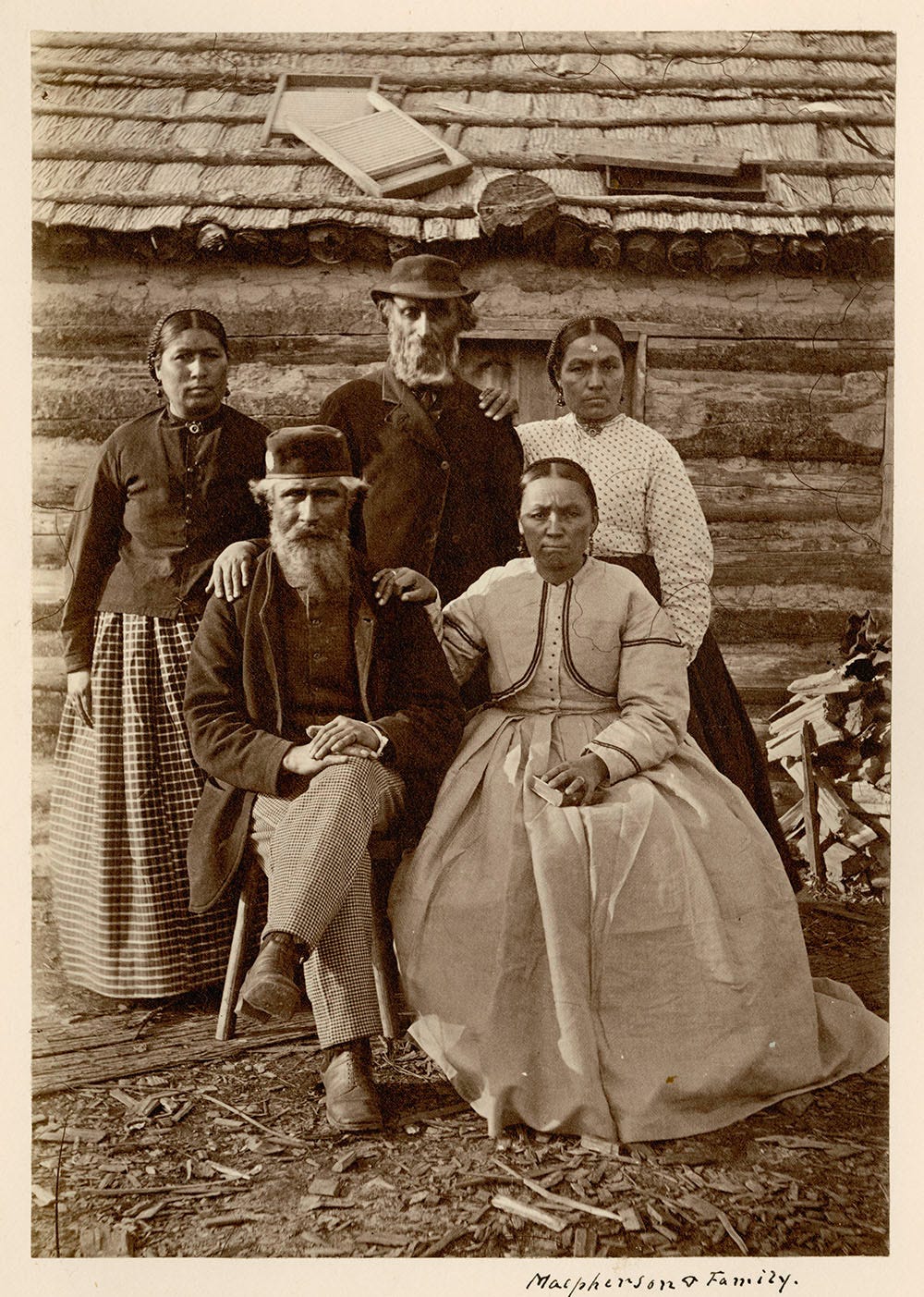Warroad is as known for its ice-fishing as it is for hockey. More fish are caught in Minnesota’s lakes and streams during ice-fishing season than in summer.
The upper Midwest has experienced exceptionally warm temperatures this winter with thin ice and a lack of snowfall. This has not been a good winter for ice-fishing.

Ice-fishing originated with Ojibway culture about two thousand years ago. Chipping the ice to make a hole in a lake or stream, the Indians on Lake of the Woods fished in the winter using a spear or baited jig.
The abundant fish provided the Kah-bay-kah-nong all year round with physical nourishment. But also spiritual nourishment. In Ojibway culture, the fish represent our relationship to water. And water is life.
Kakaygeesick (1844-1968) was a Grand Midewin, a high-ranking spiritual leader often called a medicine man by settlers on Lake of the Woods, like my great-grandparents. Everlasting Sky is the English translation of the name Kakaygeesick. By his own account, he was named because of when he was born, after the ice on the lake melted and the geese returned, during spawning season. He likely was born in spring, though I’ve been to this special place where in all four seasons that big sky over clear water opens the realm to the everlasting.
Kakaygeesick lived by the lake. He fished, trapped, hunted, and harvested wild rice along its shores.
His son, John Kakaygeesick (1880-1957) worked as a fishing guide for many years and navigated a steamboat at night by the stars through the confusing and often shallow channels between Warroad and Kenora, Ontario. John met his future wife, Verna McPherson, there in Kenora.

The McPherson name is a familiar one on Lake of the Woods. George McPherson managed the trading post at Kenora for the Hudson Bay Trading Company from 1858 to 1871. After he retired, he ran his own trading post at the Northwest Angle. George McPherson is a paternal uncle to Verna, who married Kakaygeesick’s son. In October of 1873, George McPherson was a witness and translator at the Treaty 3 negotiations held at Buffalo Point.
Kakaygeesick’s father, Chief Ay Ash Wash, had been one of the signatories who represented the interests of “about twenty-five hundred men, women and children, and, retaining what they desire in reserves at certain localities where they fish for sturgeon” (Treaty 3).
Despite Treaty 3 and Minnesota agreements with the Ojibway acknowledging their rights to hunt, fish, and harvest wild rice, the introduction of commercial fishing coincided with the arrival of homesteaders. The Indians on Lake of the Woods could not have anticipated what would happen to the legendary sturgeon.
Sturgeon look like prehistoric creatures, and that’s because they are. There were sturgeon swimming when dinosaurs walked. They are among the largest fish — six or seven feet long — and extremely long-lived. It takes them a decade to mature and they only spawn every three or four years. Sturgeon have lots of meaty flesh and it is easily smoked or dried to preserve it.
Sturgeon symbolize depth, strength, endurance. The name of Kakaygeesick’s brother, who became chief after their father died, means sturgeon: Naymaypoke.
Sturgeon served many needs beyond nutrition. Their backbones were used to make arrow heads. The bladders of sturgeon were used for many purposes.
In the Warroad Heritage Center I took a photo of a flask made from a sturgeon bladder. It sits in the middle, looking quite plain among the beadwork on display with a slip of paper sitting on top to identify it. The neck of the flask stands vertical and the bladder lies horizontal with a shoulder strap tucked underneath.
Sturgeon bladder was dried and ground up to make Issinglass, a clarifying agent used in jellies and glues. The old Dutch Masters used it in their paints. Europeans and immigrants used sturgeon bladders in brewing and distilling. But the commercial fishermen on Lake of the Woods wanted sturgeon primarily for caviar.
In one year alone, 1.3 million pounds of sturgeon were caught on Lake of the Woods in 1893 and yielded 97,500 pounds of caviar.

Kakaygeesick’s son John worked for hire in the early days of commercial fishing. Kakaygeesick’s daughter, Mrs. Mary Angus, and his daughter-in-law, Mrs. Verna (McPherson) Kakaygeesick, made seam nets for Selvog and Booth Fisheries. Seam nets, or trawling nets, are made from nettle and other natural fibers woven by hand. Don’s mother, Florence Kakaygeesick (1922-2017), also learned to make nets at a young age. Don describes the Kah-bay-kah-nong as lake people.

Commercial fishing became Warroad’s major industry with the convenience of rail transportation. By 1909, sturgeon on Lake of the Woods disappeared from the commercial fishing records. And with it, the caviar market. Sturgeon could not survive under such heavy hauls. Only six years after my great-grandparents arrived on Lake of the Woods, the sturgeon were gone.
Whitefish and Walleye became important to commercial fishing. Warroad boasted three fish-packing companies until the 1940s. Commercial fishing had largely come to an end by 1970 due to overfishing; the last commercial harvest took place in 1985.
Sturgeon remain the most endangered species on the planet.






What a sad story, and an instructive one. Thank you for your explication of the history of your area, and your thoughtful look at the changes. Has the state thought of reintroducing sturgeon into Lake of the Woods? Or are there introduced predator fish that would make that impossible? I know that sturgeon fisheries in other places have been helped to stabilize with reintroducing human-raised fish.
The sturgeon have rebounded quite impressively. Not as common in the lake, but the Rainy River, which feeds into LOW is now loaded with sturgeon.